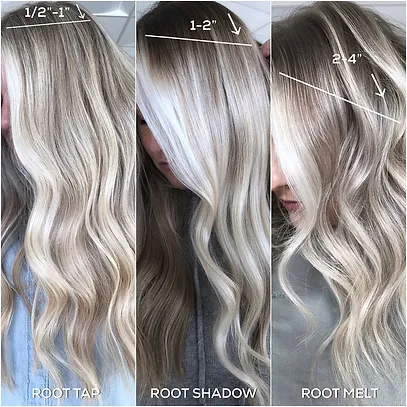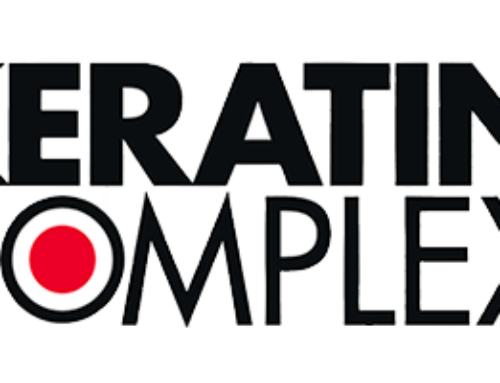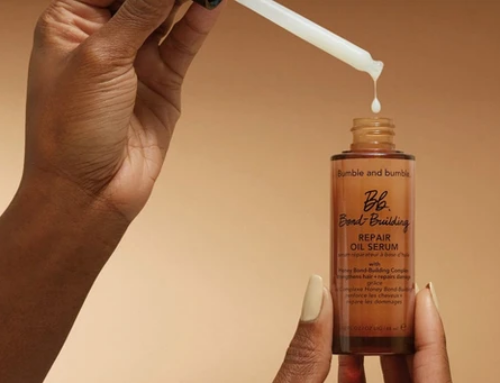Have you ever had a consultation with your hairdresser that left you confused or maybe even a little lost? The terminology we use as professionals can be an entirely different language than what you might know as a consumer. So, let’s get on the same page and learn the proper definitions of some vocabulary that’ll get you on the same page as your stylist.
You’ve probably been asked the million-dollar question, “Cool? Warm? Or neutral?” We’re going back to elementary school art class for this one.
Cool, ashy, or icey can describe colors with a purple, blue, or green base. Colors with this tonality can cool off your hair a little or a lot by neutralizing all the warm pigments. The only downside to going this route is that your hair may appear deeper than expected because purples and blues tend to absorb more light.
On the other hand, warm tones contain red, orange, or yellow in the base. Colors with these pigments in your formula can brighten up your face if you have a warm skin tone and make your hair look lighter because of how warmth reflects light instead of absorbing it.
As you can deduce, neutral is always somewhere in the middle. Can you see the difference between these photos?

This one’s a mouth full so bear with me. I get a lot of clients in my chair asking about balayage, boy-layage, bayalage. However you want to call it, haha. And then the photo they show me is not what that is. A ba-lay-age is a free-hand technique where you paint a clay lightener onto the hair and feather it up to create a super subtle look. It’s not like the highlights we know that go all the way to the roots. A foil-ayage is somewhere in the middle. It’s a balayage technique but with normal lightener and foils used in the application to lift the hair lighter than you would with free-handed clay.
Lastly, let’s cover your roots. When your blonde is touched up, you can still get dimensional toning done to blend it. Crazy right? But the terminology for it is a scary word to hear. All you need to know is that a root tap and a shadow root are just a toner one to two levels deeper than your highlight so that you have a blended transition between your highlights and your regrowth, which results in a more low-maintenance look. This diagram shows the difference between root taps, shadow roots, and root melts. It all boils down to the length to which it’s applied.

Hopefully, you will have a new set of vocabulary words to whip out at your next appointment to help you communicate better with your stylist. After all, communication is key to the hair of your dreams.




